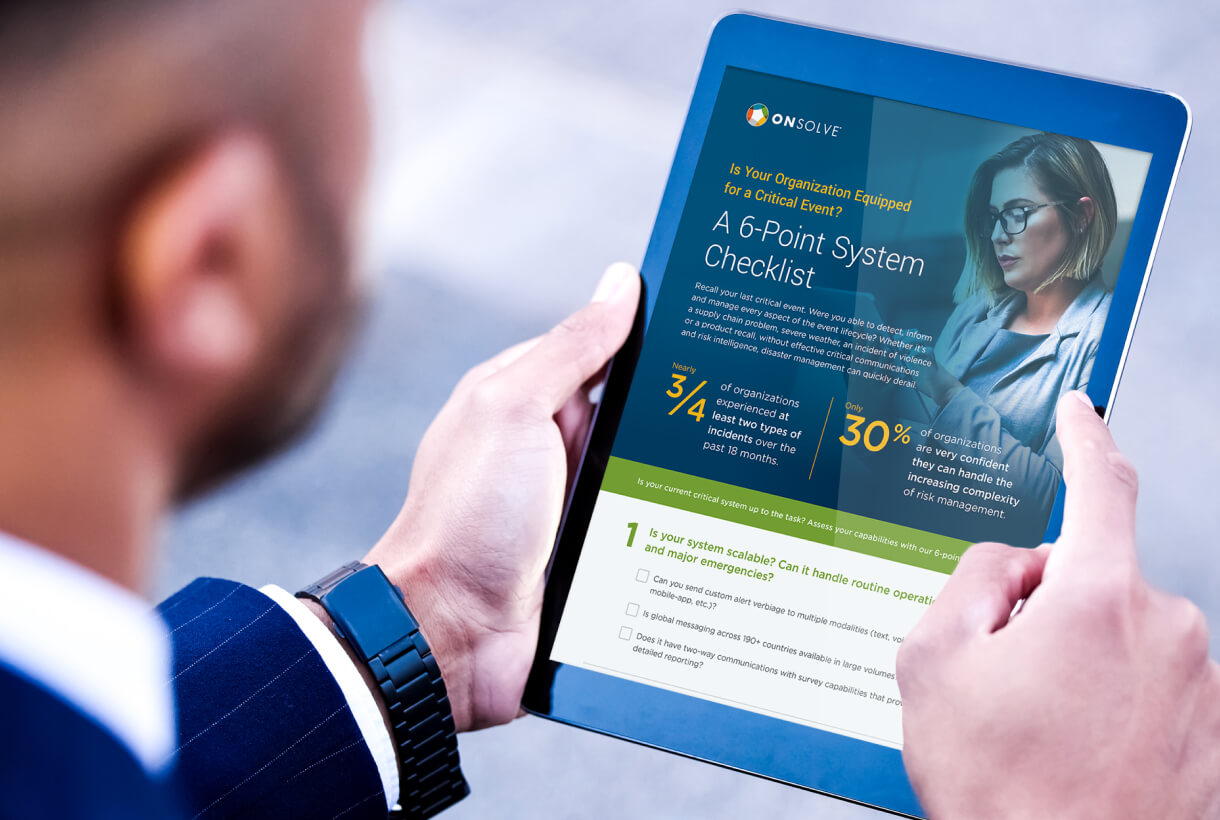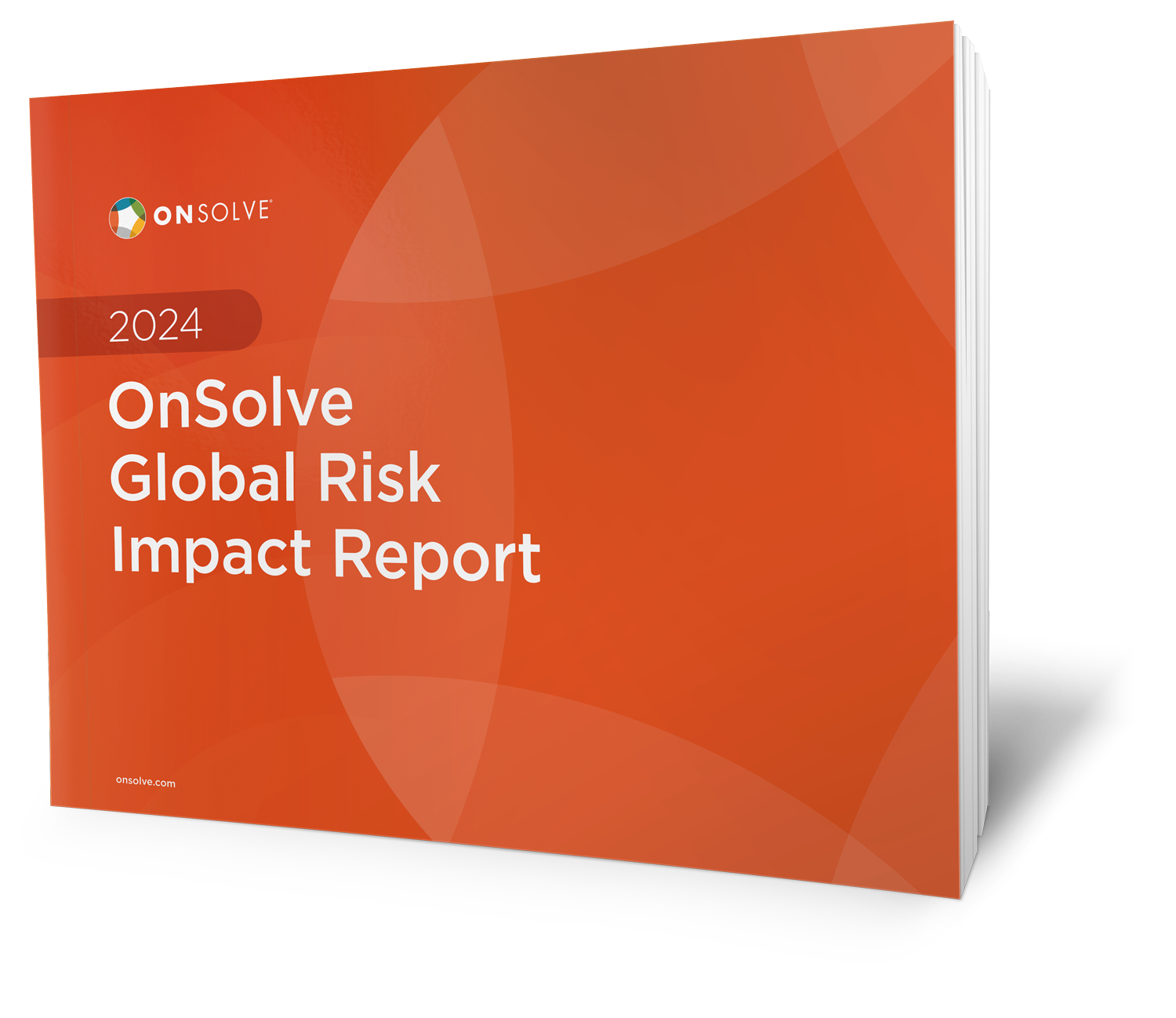How confident are you in your ability to manage different critical event types—routine emergencies (those your organization has dealt with before and already has procedures in place to manage), as well as crisis emergencies (previously unknown to your organization)?
From a local power outage to a powerful tornado (and everything in between), the right technology provides fast, accurate and reliable information and the means to respond and adapt quickly and effectively. No matter the type of critical event you’re facing, successful critical event management (CEM) depends on whether your organization is prepared with the right technology in place, including:
- Proactive risk awareness — AI-powered and analyst-vetted risk intelligence will ensure you stay informed of impactful incidents, based upon key risk criteria such as severity levels, proximity, keywords, labels and times of occurrence.
- Cross-functional coordination and communication flows — Reliable critical communications keep stakeholders updated while alerting employees and empowering them to reach out to you, via user-friendly features such as two-way chat and check-in.
- Integrated technology and systems — Security and continuity silos can be resolved by utilizing an open API architecture for holistic operations, maximizing current systems and removing manual processes, all without disrupting existing operations and infrastructure.
Are you confident your organization can confidently handle every type of critical event?
Use this handy checklist as a guide to make sure you are asking the right questions:
Make sure you are able to detect, inform and manage every aspect of the event lifecycle. Learn more about essential risk intelligence and critical communications capabilities to help you confidently manage the next crisis.



